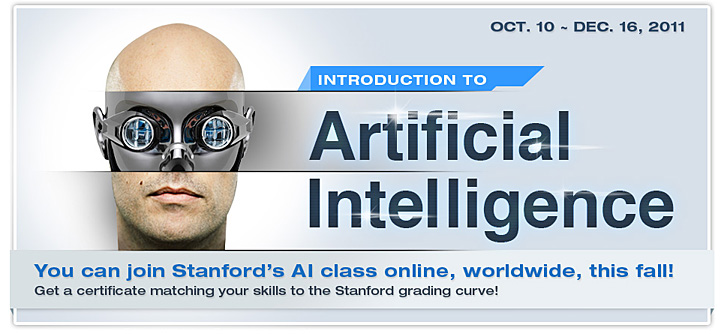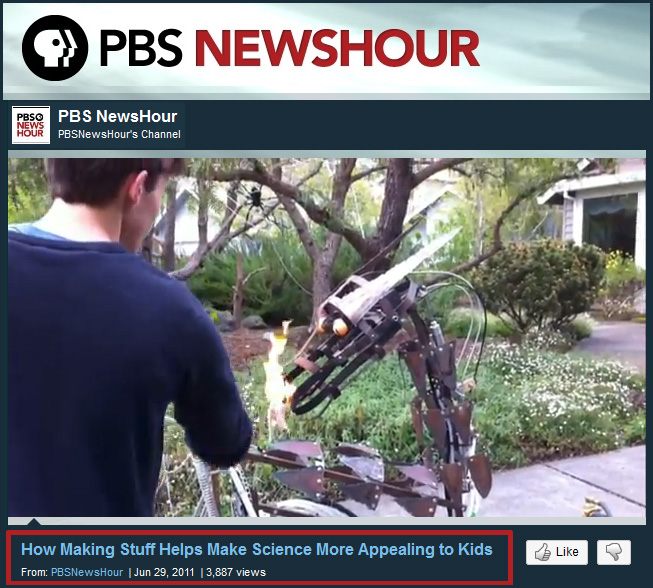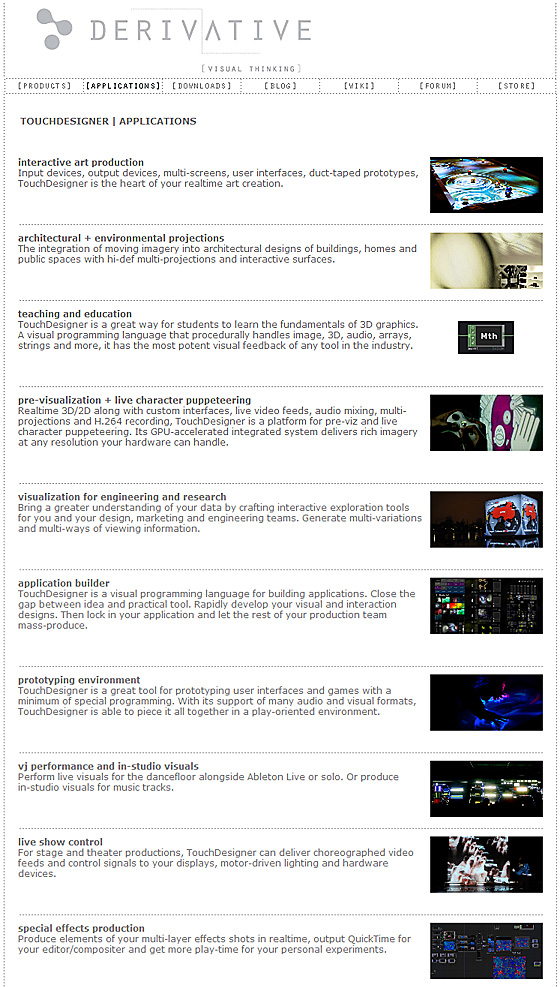From DSC:
I want to post a thank you note to Mr. Steven P. Jobs, whom you most likely have heard has resigned as Apple’s CEO. Some articles are listed below, but I want to say thank you to Steve and to the employees of Apple who worked at Apple while he was CEO:
- Thank you for working hard to enhance the world and to make positive impacts to our world!
- Thank you for painstakingly pursuing perfection, usability, and excellence!
- Thank you for getting back up on the horse again when you came out of a meeting with Steve, Tim and others and you just got reamed for an idea or implementation that wasn’t quite there yet.
- Thanks go out to all of the families who were missing a dad or mom for long periods of time as they were still at work cranking out the next version of ____ or ____.
- Thanks for modeling what a vocation looks like — i.e. pursuing your God-given gifts/calling/passions; and from my economics training for modeling that everyone wins when you do what you do best!
Thanks again all!
- Steve Jobs’s Best Quotes — WSJ
- Steve Jobs: The End Of An Era — Techcrunch
- Steve Jobs resigns as Apple CEO –– wired.co.uk
- Steve Jobs has resigned as Apple CEO “effective immediately” — arstechnica.com
- Steve Jobs resigns as CEO of Apple — engadget.com
- 10 iconic Steve Jobs moments [videos] — from mashable.com



























